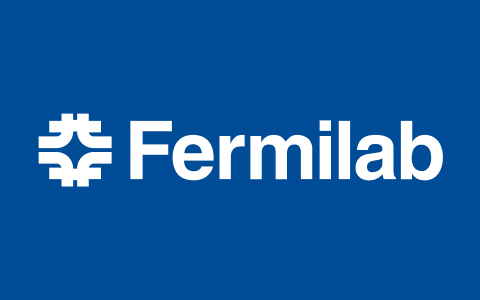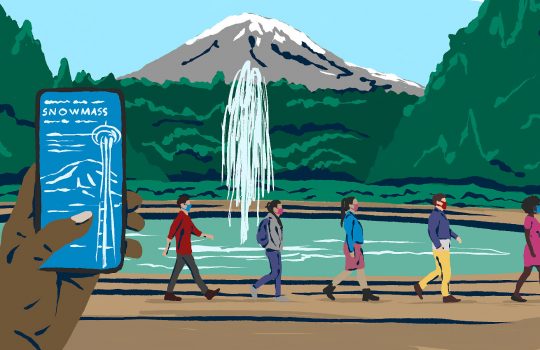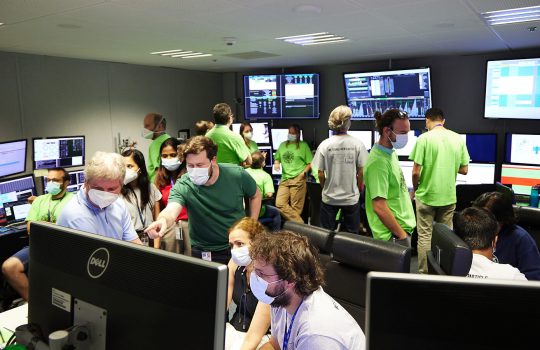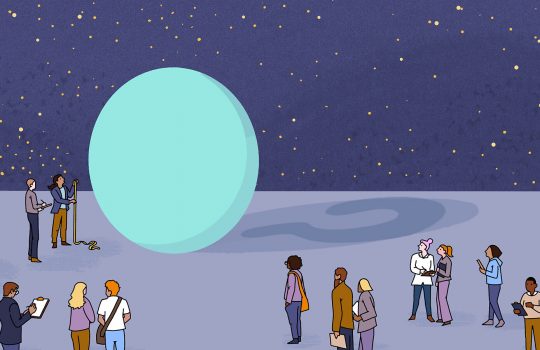Department of Energy announces $78 million for research in high-energy physics
From the Department of Energy Office of Science, July 13, 2022: DOE announced $78 million in funding for 58 research projects that will spur new discoveries in high energy physics. The announcement covers a wide range of topics at the frontiers of particle physics, including Fermilab’s Muon g-2 and the MicroBooNE experiments.



